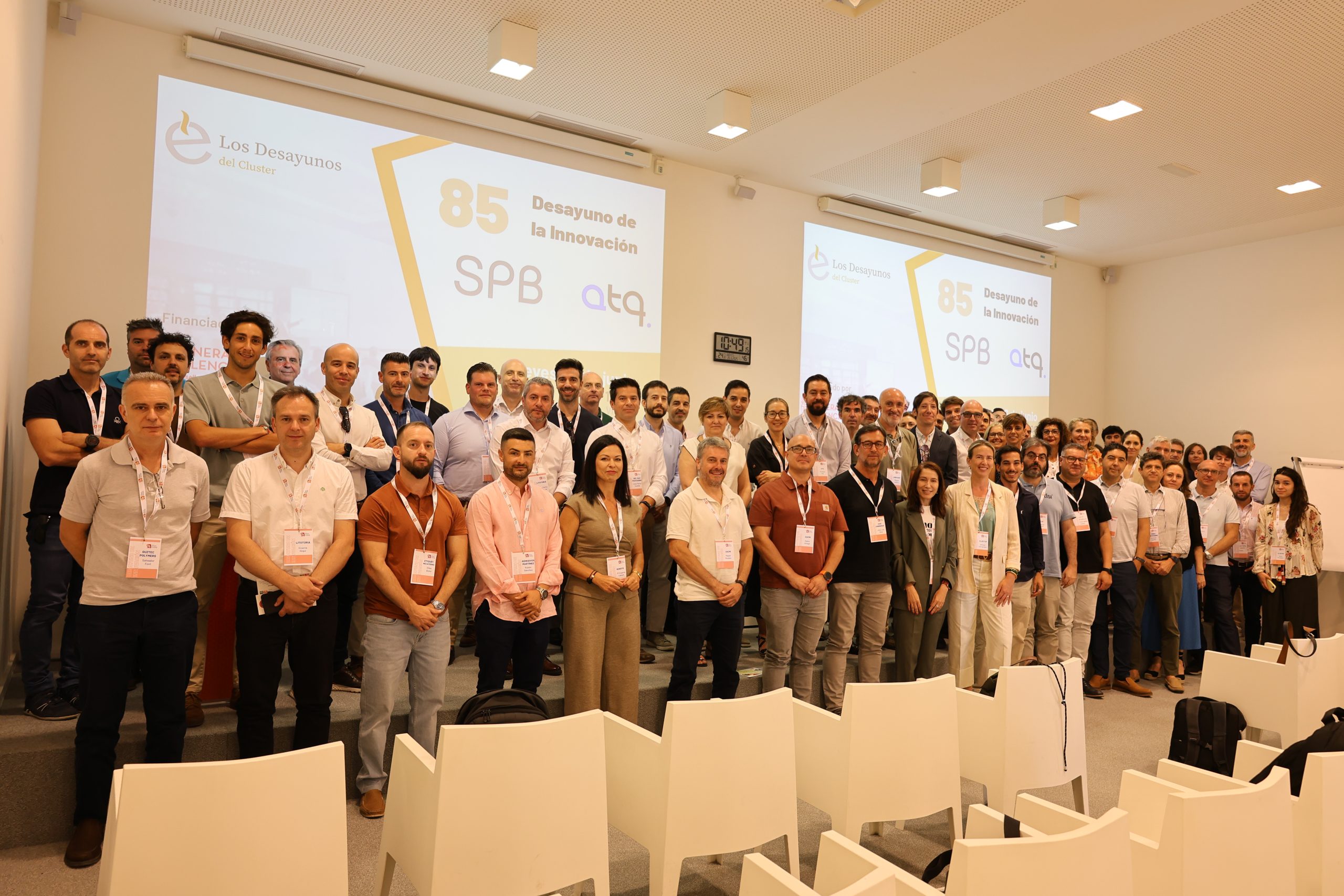What better way to make a decision than by assessing the risk?
Manuel Selma – Quality and Environment Manager
In the 2015 revision of the ISO 9001, risk analysis was introduced as a requirement: the FMEAS are booming.
Risk analysis is a traditional tool in quality assesments, and per usual, it’s the military that developed this methodology in the 1940s. Subsequently, space programs incorporated the method to ensure food safety for astronauts, the beggining of HACCP.
However, its popularity soars in the 70s after Ford designs the wrong fuel tank position for its Ford Pinto. After this unfortunate mistake, Ford decided to apply this tool to all their ongoing projects.
Soon after, the rest of the automotive industry followed and little by little the other sectors joined too.
The FMEAS are very simple and intuitive tools that evaluate the risks behing product design, processes or machines. They’re scored from 0 to 10 considering three types of criteria; severity, occurrence and the detection of each of the possible failures. The result of these values give us a number called the RPN, risk priority number. The higher the value, the higher the risk.
It is all about systematizing the mental process of each design. Intuitively, our mind thinks about how things can fail and our knowledge sets the means to avoid it. The human being is usually exceptional in the first part. The second one is learned.
The objective is to design with minimal risk, so when you detect high values of risk, you need to re-design to reduce the RPN value. Only in cases where the design cannot be modified, the risk is minimized by reducing detection and investing in controls.
The FMEAs is a tool that optimizes controls, focusing all efforts on the risks. It is the tool that contains the know-how that will offer the best design. These tools evolve from improvements and failures, they are alive.
It’s known that the FMEAs have saved millions for the industries that apply them to their projects as they suffer less iterations and therefore fewer delays.
The orientation is clearly aimed at ensuring the process, so they usually go hand in hand with another tool that offers the visión of the client, the QFD (quality function deployment), where by doing an exercise, the client's needs are transformed into technical requirements.
As for today, there are many industries that use these optimization tools, since their use and success are more than proven.



